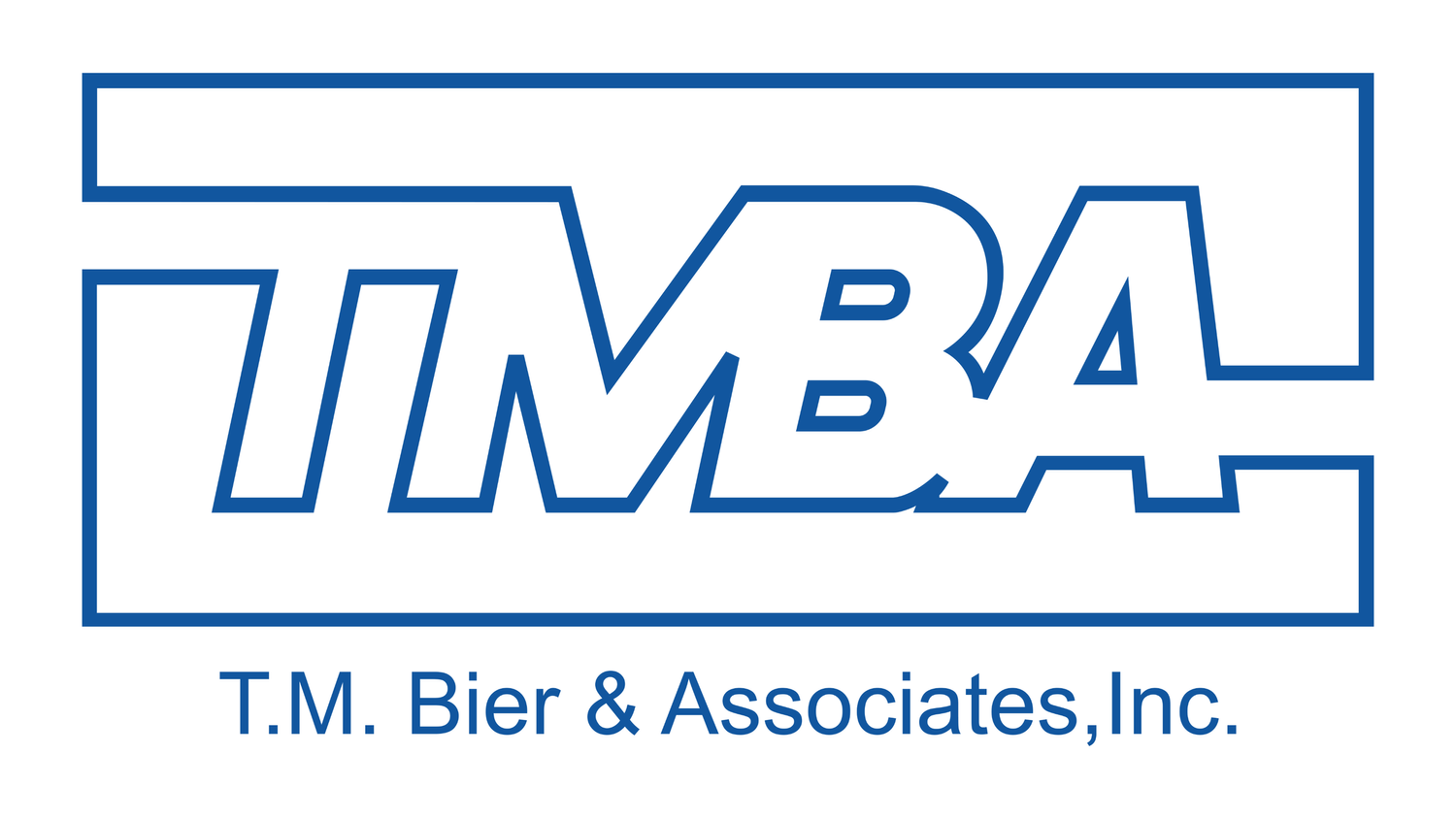NYC LL97 & The Indispensable Role of Building Management Systems
In the heart of New York City, TMBA is at the forefront of providing building management system (BMS) services. Our mission is to guide building owners, facility managers, and chief engineers through the labyrinth of local laws and regulations. One such law that has been a significant focus in recent years is NYC Local Law 97 (LL97), a pioneering piece of legislation with profound implications for the city's built environment.
Understanding LL97
Enacted in 2019 as a part of the Climate Mobilization Act, LL97 is one of the most ambitious laws in the country aimed at reducing greenhouse gas emissions. The law sets stringent carbon emissions limits for buildings over 25,000 square feet, with substantial fines for non-compliance. The law is divided into two compliance periods: 2024-2029 and 2030-2034, each with its own set of emissions limits. The ultimate goal is to reduce citywide emissions by 80% by 2050.
The law's requirements are based on a building's occupancy group and square footage, with different emissions limits for different types of buildings. For example, office buildings have different emissions limits than residential buildings or hospitals. The law also provides for adjustments based on certain factors, such as if a building is used for energy-intensive purposes like data centers or television studios.
Implications of LL97 for Building Management
LL97 presents a significant challenge to building owners, facility managers, and chief engineers. The law's stringent emissions targets necessitate substantial upgrades to many of the city's buildings. However, these upgrades also present an opportunity for significant energy and cost savings over the long term.
The challenges posed by LL97 are multifaceted. First, there's the challenge of understanding the law itself, which is complex and technical. Then there's the challenge of assessing a building's current emissions and determining what changes need to be made to achieve compliance. This may involve conducting energy audits, implementing energy efficiency measures, and monitoring ongoing energy use.
Another challenge is the financial investment required to make these changes. While these investments can result in significant energy and cost savings over the long term, they require an upfront expenditure that can be substantial.
Finally, there's the challenge of ongoing compliance. LL97 requires buildings to submit annual emissions reports, which means that building owners and managers need to continuously monitor their buildings' energy use and make adjustments as necessary.
The Role of Building Management Systems (BMS)
A BMS is a computer-based system installed in buildings to manage and monitor equipment such as ventilation, lighting, power systems, fire systems, and security systems. A well-optimized BMS can significantly reduce a building's energy use and, consequently, its carbon emissions, making it a critical tool for meeting the requirements of LL97.
A BMS can provide real-time data on a building's energy use, allowing building managers to identify inefficiencies and make adjustments as necessary. It can also automate certain functions, like adjusting lighting or HVAC systems based on occupancy or time of day, to further reduce energy use.
Moreover, a BMS can integrate with other systems, like renewable energy systems or energy storage systems, to further optimize a building's energy use. For example, a BMS could use data from a solar panel system to adjust a building's energy use based on the amount of solar energy available.
BMS and LL97 Compliance
The requirements of LL97 are specific and quantifiable, making a BMS an essential tool for compliance. For example, LL97 requires buildings to meet certain emissions limits based on their size and use. A BMS can monitor and manage energy use in real-time, allowing building managers to make immediate adjustments to stay within these limits.
Moreover, LL97 requires buildings to submit annual emissions reports. A BMS can automate this process, collecting the necessary data and generating reports that meet the law's requirements.
The Role of Energy Efficiency Measures
To comply with LL97, buildings will need to implement a range of energy efficiency measures. These could include upgrading HVAC systems, improving insulation, installing energy-efficient lighting, and implementing renewable energy systems. A BMS can help manage these systems, ensuring they operate at peak efficiency.
The Importance of BMS Integrators
Successfully installing a BMS requires the expertise of a system integrator. These professionals ensure that all components of the BMS work together seamlessly. They understand the complexities of building systems and can customize a BMS to meet the specific needs of a building and its occupants.
About T.M. Bier & Associates (TMBA)
At TMBA, our team of experienced system integrators is ready to help you navigate the requirements of LL97. We offer comprehensive BMS design, installation, and maintenance services, and we are committed to helping our clients achieve their energy efficiency and emissions reduction goals.
LL97 presents significant challenges for NYC's building owners and facility managers, but it also offers an opportunity to make our buildings more energy-efficient and sustainable. With a robust BMS and the expertise of a skilled system integrator, we can meet these challenges head-on and create a greener future for our city.
Regardless of whether your building or portfolio is currently equipped with a Building Management System (BMS), contact TMBA to embrace a more sustainable, greener future!


